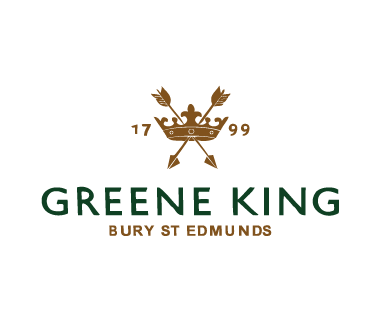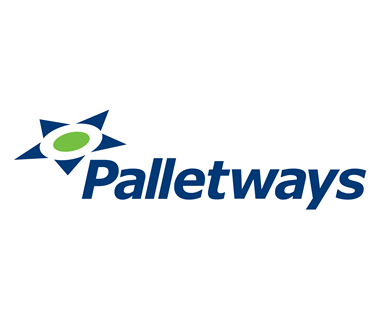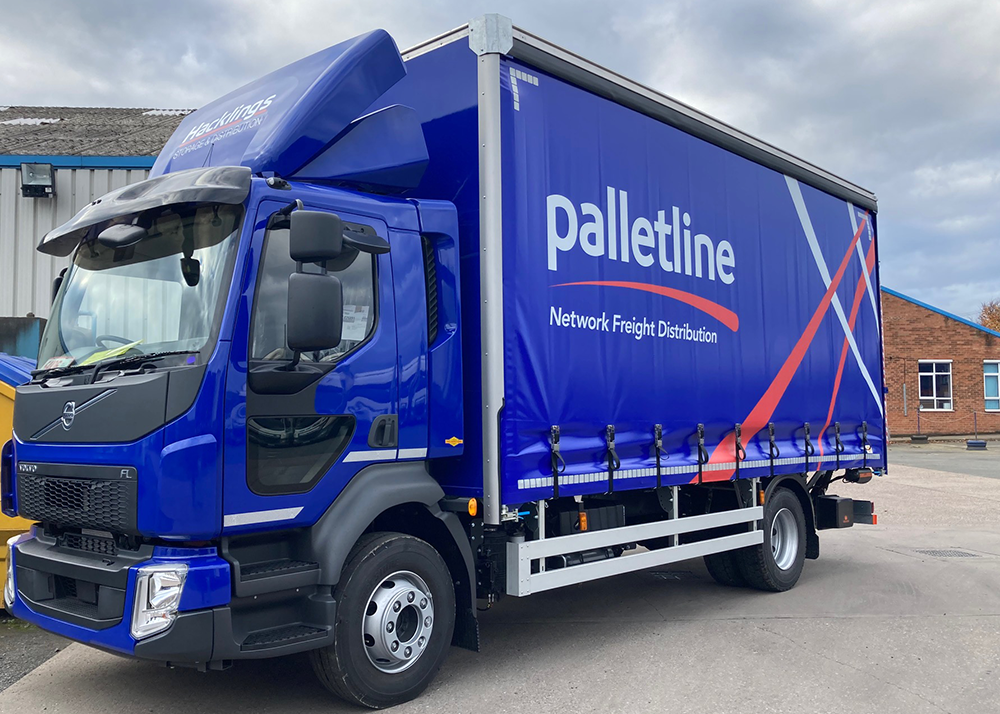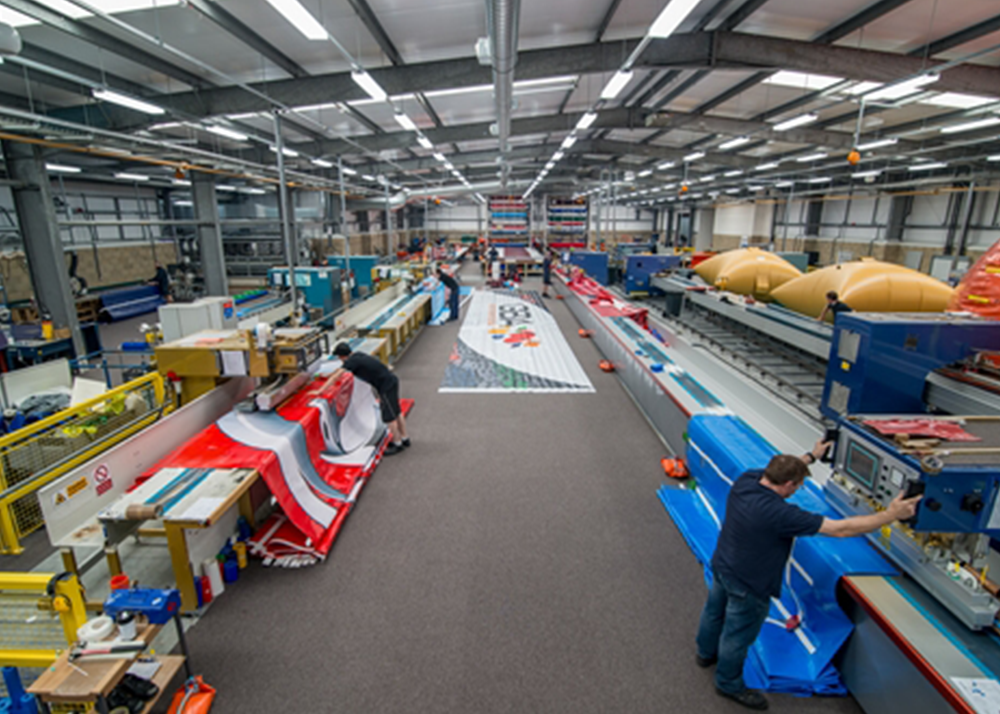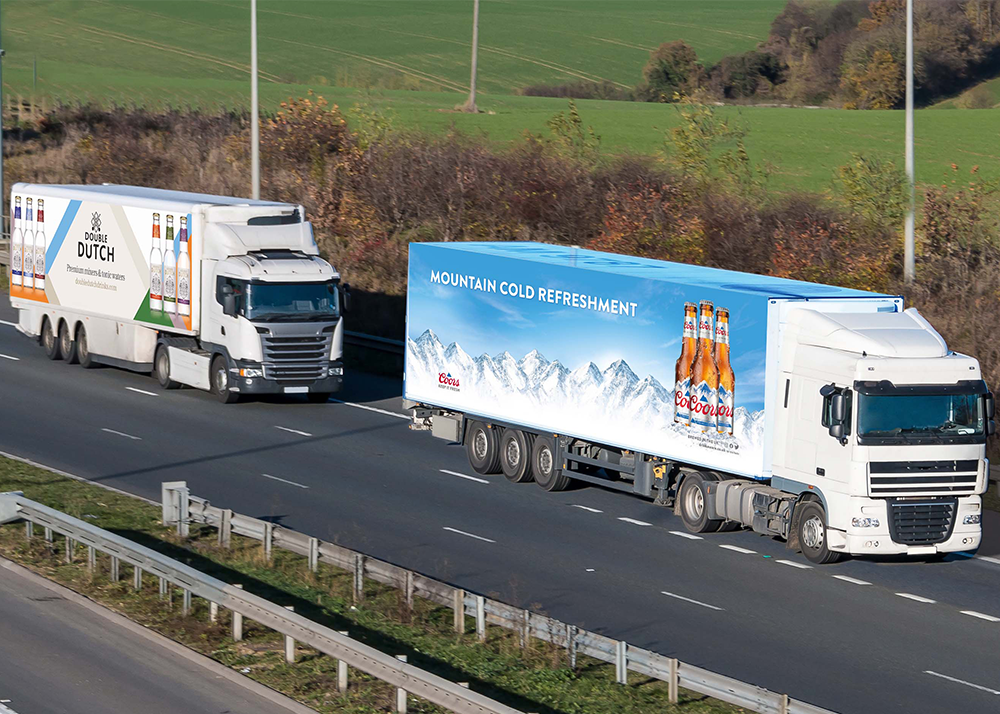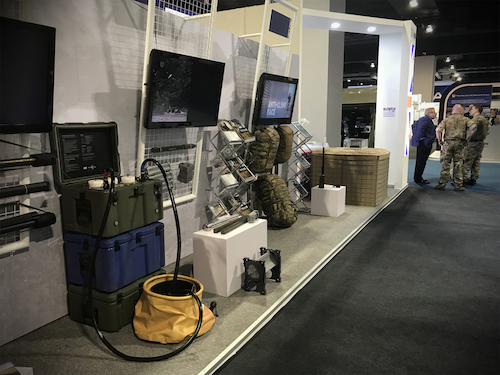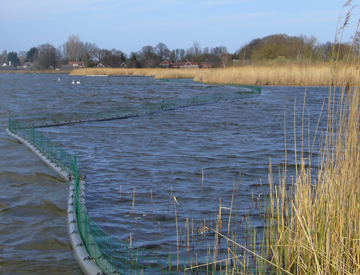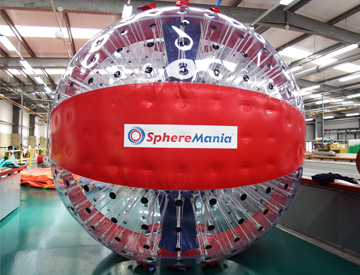Food for Thought
 THE IMPORTANCE OF HIGH FREQUENCY WELDING
THE IMPORTANCE OF HIGH FREQUENCY WELDING
Paul Reeve, Managing Director, at Structure-flex Ltd, discussed the process of High Frequency (HF), or Radio Frequency (RF), welding and explains how it is essential in the quality of a digital printed lorry curtain.
A secure welding process is essential to ensure a quality finish of the joining of PVC fabric during the manufacturing of a lorry curtain so that it is sufficiently robust to endure the rigours of the road.
The most efficient way of doing this is using High Frequency (HF) or Radio Frequency (RF) welding, by supplying HF energy in the form of an electromagnetic field (27.12 MHz) and pressure to the material surfaces to be joined.
A generator is used to produce electrical energy through an electrode which causes the molecules within the material to start vibrating, generating heat within the material itself. The consequence of this process is the softening of the two layers of material which fuse together.
Pressure is maintained during the cooling process so the surfaces are fused and a weld has been created and the seam is just as robust as the surrounding material, maybe even stronger.
Although this process sounds relatively straight forward, it is important that all the factors that affect the final weld result are applied correctly - the pressure exerted, the welding effect, welding time, and cooling time.
It is the skill of the operative to ensure that these parameters are adjusted and combined in different ways to achieve the optimal welding result for a specific material so that the end result is a great quality seam that will endure throughout the life of the lorry curtain.
Back










